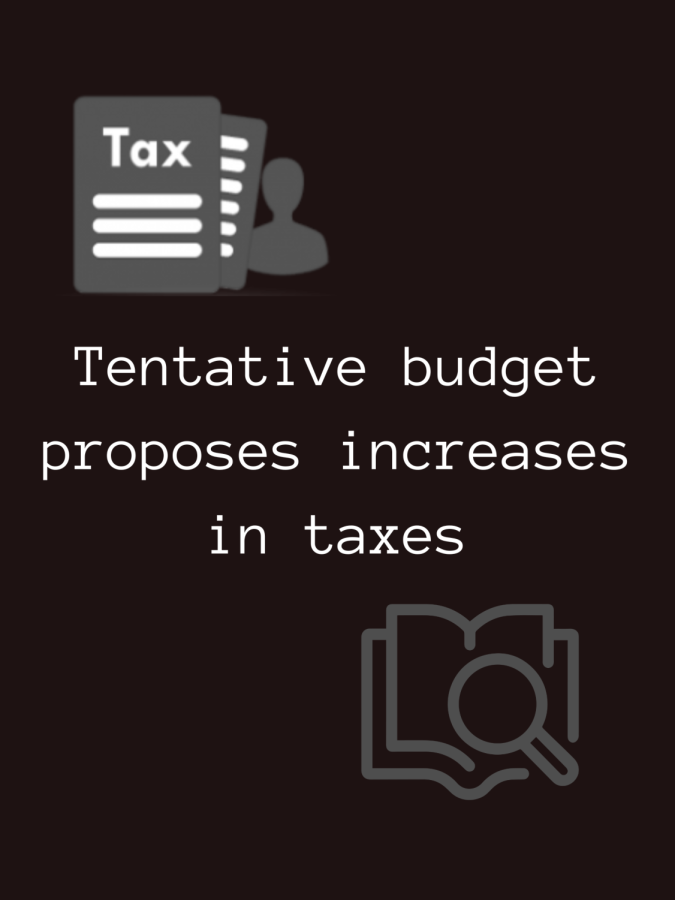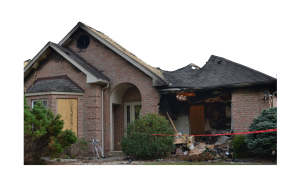Tentative budget proposes increases in taxes
May 2, 2022
This previously ran in our April 2022 print issue.
While Pennsylvanians complain about having to pay an average price of $4.37 per gallon of gas, they aren’t the only ones who are being affected: the rise in fuel prices will hit East Penn taxpayers, too.
The East Penn School District is facing many different expenses that have become increasingly demanding in comparison to previous years.
According to NPR, nearly 26 million students ride on a bus to school every day. Across the nation, districts are scrambling to prepare their budgets for the upcoming school year as fluctuating gas prices affect their spending plans. With the cost per gallon of gas hitting a record high, some districts will face the decision of making cuts in some areas or passing on the costs to taxpayers.
East Penn’s school board recently held a meeting to discuss the preliminary budget for the next year, which is set for $172.5 million.
“This represents a 2.0% increase over the current year’s spending plan,” said Robert Saul, the district’s Business Administrator and Board Treasurer.
In the next fiscal year, the school district will see a decrease in federal funding by 76.48%. The decrease in federal funding could increase the taxes for your average tax-paying homeowner in the upcoming year.
“Based on the 2022-2023 preliminary budget the school board reviewed in February, the average homeowner’s real estate tax bill would increase from $4,078.37 to $4,241.49. Stated differently, the average homeowner would pay an additional $163.13 for real estate taxes,” said Saul.
For the fiscal year, some benefits like workers compensation, tuition reimbursement, and social security payments are projected to increase by a few thousand dollars. Custodial and maintenance will see the largest wage increase of 6.88% from the previous year. However, the administration will see less of a wage increase than other departments.
Besides common expenses such as salaries and benefits, the school district faces higher expenses from other areas.
“Besides the cost of salaries and benefits, which represent the largest increase in expenses, we are starting to observe a significant increase in areas that relate to fossil fuels, such as heating and fuel for school buses,” said Saul.
At the March 7 school board meeting, a plan to renovate the school facilities over the next ten years was proposed. The money for these improvements had already begun to be set aside for the project, prior to the proposal.
“Over the past few years, the district has taken measures to prepare for building improvements that were anticipated and more recently identified in the district-wide facilities study,” Saul said. “These fiscal planning measures have included setting aside budgeted monies in a capital improvement account, as well as setting aside unspent monies at the end of the most recent fiscal years.”
School directors will approve a final budget by the end of June.












